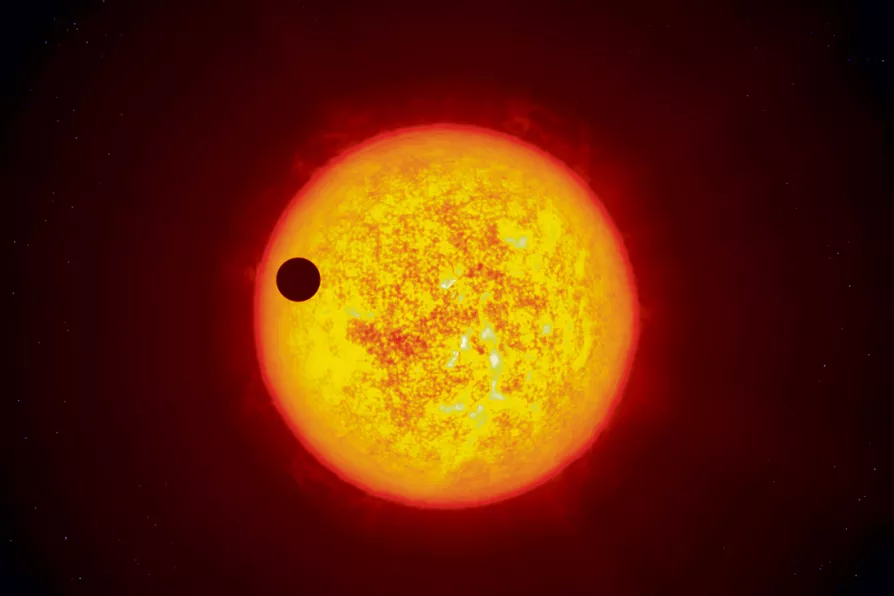Labour’s persistent failure to address its electorate’s salient concerns is behind the protest vote, asserts DIANE ABBOTT
Could Elon Musk’s megalomania hinder exoplanet research?
ROX MIDDLETON, LIAM SHAW and JOEL HELLEWELL ask whether cluttering the skies with satellites is a good idea

 An artist’s impression of transiting exoplanet Corot-9b which is the first “normal” exoplanet that can be studied in great detail. It is the size of Jupiter and an orbit similar to that of Mercury. It orbits a star similar to the Sun 1,500 light-years away from Earth towards the constellation of Serpens (the Snake)
[ESO/L. Calcada/Creative Commons]
An artist’s impression of transiting exoplanet Corot-9b which is the first “normal” exoplanet that can be studied in great detail. It is the size of Jupiter and an orbit similar to that of Mercury. It orbits a star similar to the Sun 1,500 light-years away from Earth towards the constellation of Serpens (the Snake)
[ESO/L. Calcada/Creative Commons]
EXOPLANET research seeks to identify and characterise alien planets orbiting other stars.
Since the first exoplanet was confirmed in 1992, thousands of others have been found.
One focus for this research is the characterisation of their atmospheres. Our own atmosphere, the gas layer in which we live, is so intimately linked to the existence of life on Earth that understanding the atmospheres of exoplanets provides crucial evidence to identify other Earth-like planets.
Similar stories
Science has always been mixed up with money and power, but as a decorative facade for megayachts, it risks leaving reality behind altogether, write ROX MIDDLETON, LIAM SHAW and MIRIAM GAUNTLETT

Rox Middleton, Liam Shaw and Miriam Gauntlett look at the history of lasers, from cat toys to modelling the explosion of stars

Lithium is crucial for batteries — but because deposits form only under rare geological conditions, its extraction is a geopolitical flashpoint between the imperial West and the rest of the world, write ROX MIDDLETON, LIAM SHAW and MIRIAM GAUNTLETT

DEBRA BENITA SHAW applauds the Booker prize winner: a short but powerful story urging us to save the planet










